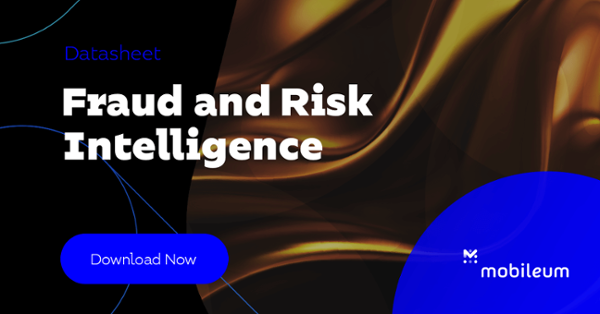Industry analyst firm, GSMA Intelligence, recently projected that mobile network operators will invest more than $1.1 trillion in their networks over the next five years, of which 80% will be focused on 5G networks. Advancements with 5G go beyond faster broadband speeds and have the potential to deliver widespread economic and social impact with smart cities and e- healthcare. So, as mobile operators across the globe race to capture 5G opportunities, what do regulators need to address to keep up with them and the digital transformation?
1. Traffic Monitoring Capabilities Ready for 5G
Access to accurate traffic data (fraud identification and elimination, traffic volume, and Quality of Service) is essential for better regulation of the telecom industry and the accurate gathering of information for national authorities. Analysys Mason expects that mobile data traffic will grow 5x by 2025 and therefore, in the 5G era, regulators will need traffic monitoring capabilities that can manage 5G’s volume, variety, and velocity of data to improve revenue capture and to validate service integrity. In particular, regulators need 5G-ready traffic monitoring capabilities that provide insights into all voice, SMS, and data traffic flows directed towards each operator in the country, the volumes of international minutes that can be drilled down per source and destination country, and traffic trends that can be compared with previous reporting periods. Only by having these advanced monitoring capabilities can regulators have the data to enforce compliance with telecom regulations and ensure accurate taxation and billing.
2. Revenue Assurance and Fraud Management Capabilities to Maximize Revenues
To ensure invoice accuracy and identifying any incorrect end-user charging, regulators need the ability to detect deviations in the values obtained by metering, usage calculation, and charge generation. For example, test call generators can be leveraged to independently test networks for CDR reconciliation and validate call start time/duration metering, and telecommunications rating. When it comes to fraud management, regulators need traffic management capabilities to combat interconnection fraud, operator fraud, SIM Boxes and Refiling. Access to real-time telecom signaling data, for example, can add an extra layer of data feeds to complement CDR information when monitoring for fraud management purposes. By utilizing signaling data and CDR information, regulators will be able to actively detect abnormal traffic, ensuring that only calls towards genuine users are completed and fraudulent traffic is stopped even before subscribers become affected.
3. Active Testing to Protect Mobile Money
Maintaining the integrity and security of Mobile Money services mean that regulators need to actively monitor the Quality of Experience and Quality of Service being delivered 24/7. This is why active testing methodologies are required for regulators to ensure that operators are meeting KPI thresholds, such as money transfer completion rates and completion times. In addition, regulators must have access to detailed views of traffic flows within their country to ensure the required taxes are being collected. With an estimated 1.2 billion mobile money accounts, which is increasing 17% year over year, the mobile money ecosystem is not only going to grow in scale but also complexity that regulators must have the monitoring capabilities to stay ahead of market developments.
The rise of new technologies such as cloud computing, AI, blockchain, mobile money, and the Internet of Things is redefining the role of regulatory authorities across the globe. As the race to 5G spurs further innovation for communications service providers, regulators must have the traffic monitoring capabilities to keep up with the digital transformation. For more information on how Mobileum’s telecom traffic monitoring and revenue verification analytics can support regulators, please contact us.




Let Us Know What You Thought about this Post.
Put your Comment Below.